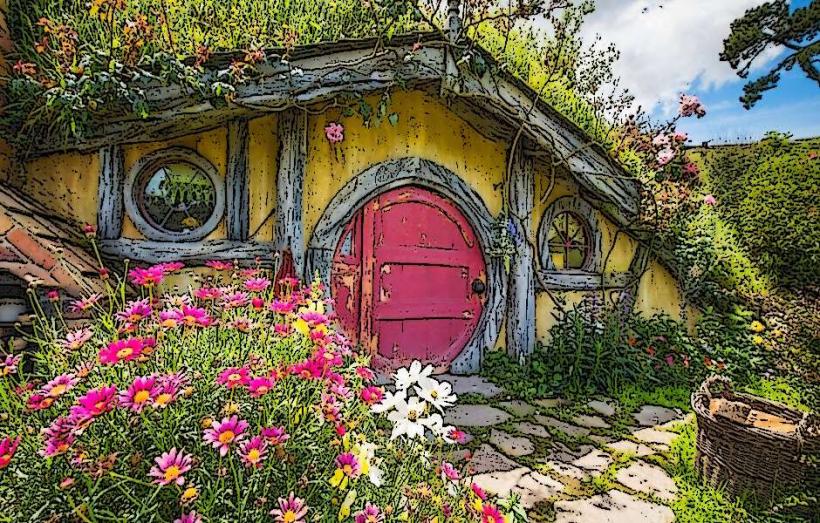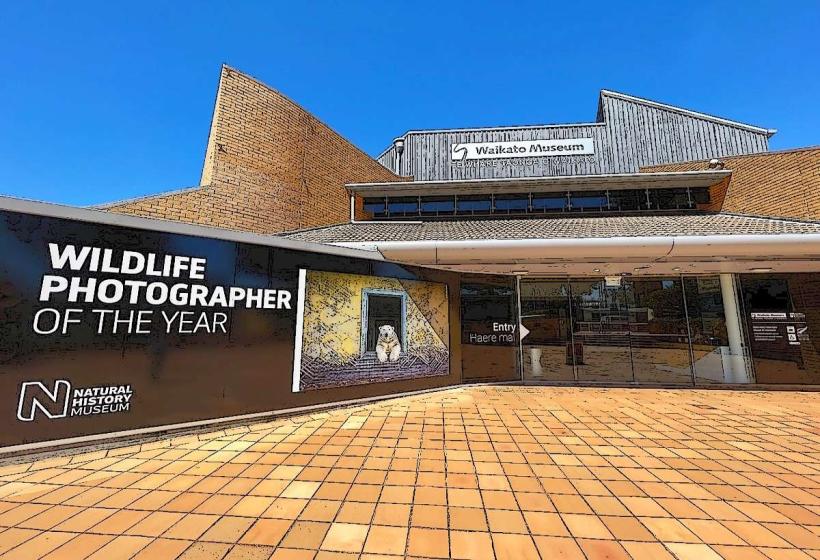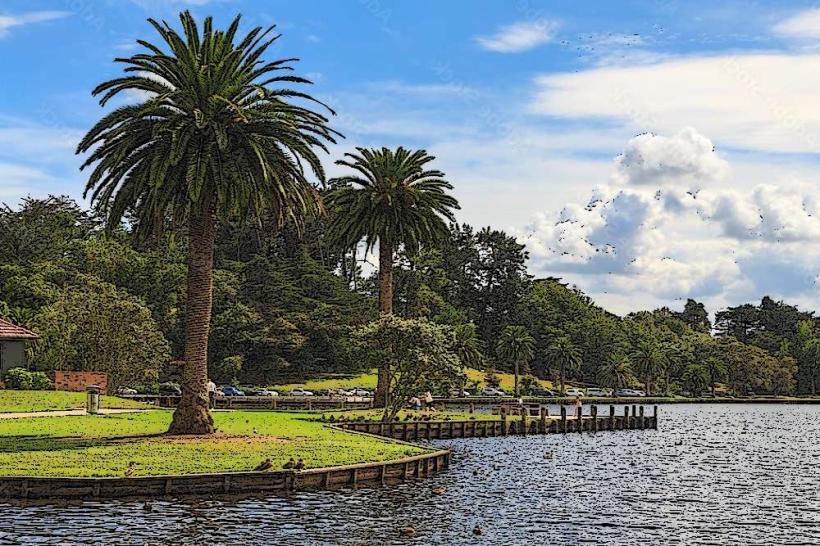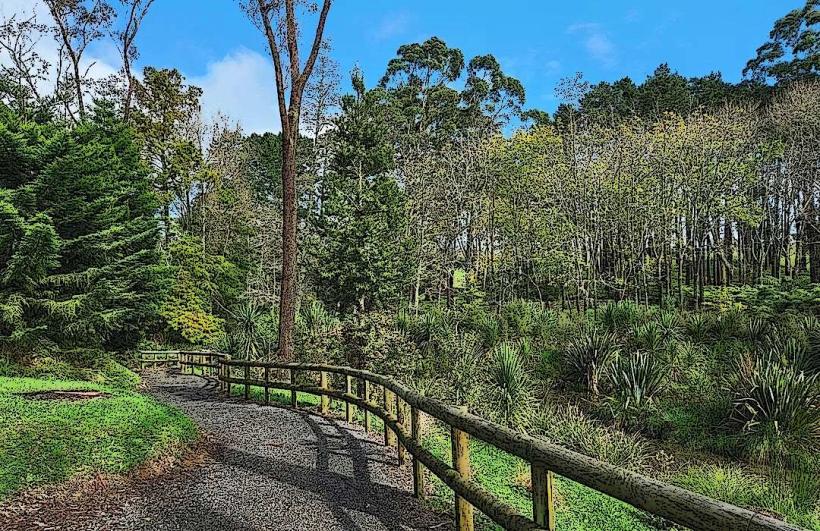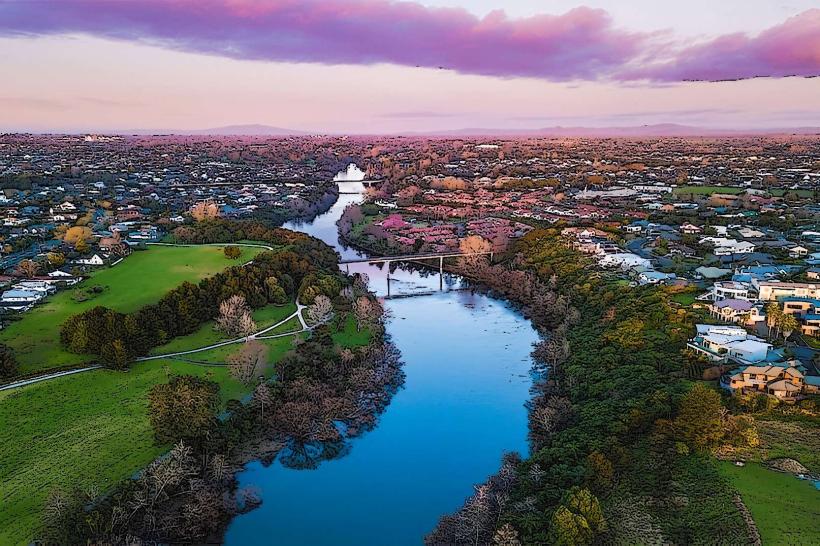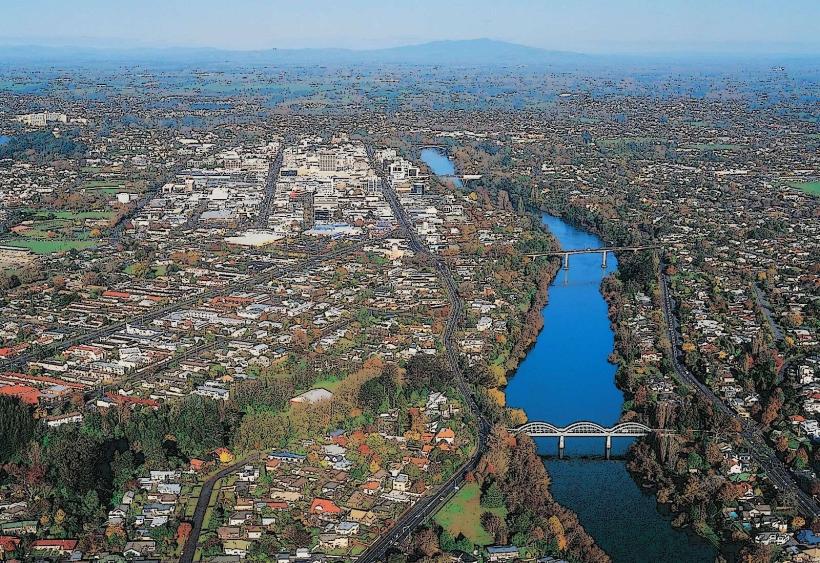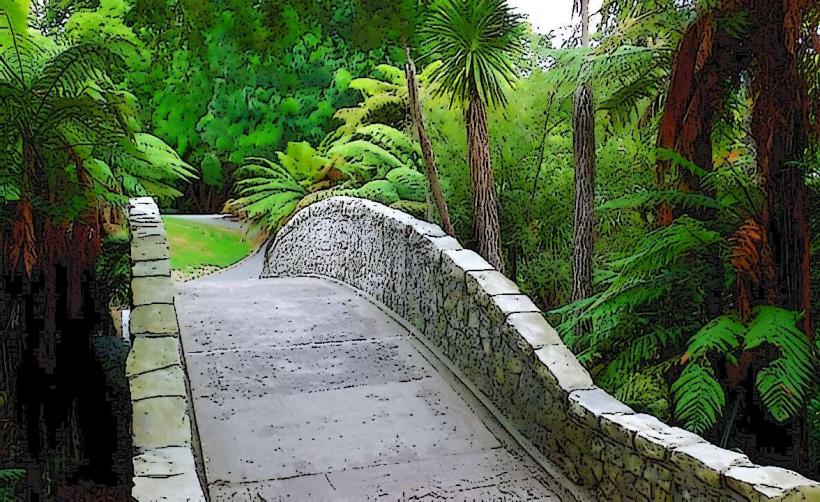Information
Landmark: Hamilton ZooCity: Hamilton
Country: New Zealand
Continent: Australia
Hamilton Zoo, located in Hamilton, New Zealand, is one of the country's premier zoological attractions, offering an immersive and educational experience for visitors of all ages. The zoo is known for its beautiful setting, conservation efforts, and wide array of native and exotic animal species. It provides a unique opportunity to see and learn about animals from New Zealand and around the world in a naturalistic environment.
Here’s a detailed overview of what Hamilton Zoo has to offer:
1. Overview and History
Location: Hamilton Zoo is located just outside the city center of Hamilton, in the Waikato region on the outskirts of the city. It is set in 25 hectares of parkland and is easily accessible by car from central Hamilton or nearby towns.
History: The zoo first opened its doors in 1969, originally starting with a small collection of animals. Over the years, it has grown substantially and now hosts over 600 animals representing more than 100 species. The zoo is managed by Hamilton City Council, and it has undergone multiple expansions and renovations to improve its animal habitats and visitor facilities.
Conservation and Education Focus: Hamilton Zoo is dedicated to wildlife conservation and education, with a particular focus on the protection and preservation of native New Zealand species. The zoo is involved in breeding programs for endangered species and works closely with conservation organizations to protect both local and global wildlife.
2. Animal Exhibits and Species
Hamilton Zoo is home to a wide variety of animals, including native New Zealand species, as well as exotic animals from around the world. Some of the key highlights of the zoo’s animal collection include:
Native New Zealand Wildlife
Kākā: The Kākā, a large, forest-dwelling parrot, is one of the zoo’s star attractions. These parrots are known for their distinctive calls and are an endangered species in New Zealand.
Tuatara: The tuatara is an ancient reptile native to New Zealand, often referred to as a "living fossil." Hamilton Zoo is home to a number of tuatara, which are part of a significant conservation effort to protect this unique species.
Kiwi: One of the most iconic birds in New Zealand, the kiwi is housed at Hamilton Zoo in a specially designed nocturnal exhibit. Visitors can see these elusive, flightless birds up close, which are a symbol of New Zealand’s wildlife.
North Island Kaka: A rarer species, these parrots are part of the zoo's conservation breeding program. Their vibrant plumage and playful nature make them a popular attraction.
New Zealand Falcon (Kārearea): The zoo provides an excellent opportunity to observe the Kārearea, a powerful and fast falcon that is native to New Zealand. The zoo works on raising awareness about this majestic bird’s conservation status.
Exotic Animals
Hamilton Zoo is also home to a wide range of exotic animals from around the world. Some of these include:
Lions: The zoo has a pride of African lions, and visitors can watch these majestic big cats as they roam in their large, naturalistic enclosures.
Giraffes: Hamilton Zoo has a small herd of giraffes, offering a unique opportunity to see these tall, graceful animals up close. Visitors can feed the giraffes during special feeding times.
Zebras: The zoo has several plains zebras that can be seen grazing on the grasslands of their spacious exhibit.
Tigers: Siberian tigers, an endangered species, are part of the zoo's collection, and they are housed in an expansive habitat that mimics their natural environment.
Red Pandas: These adorable and rare animals are a hit with visitors. Hamilton Zoo provides a cozy, forest-like environment for the red pandas, which are native to the Himalayas and China.
Capuchin Monkeys: The zoo features several species of monkeys, including capuchin monkeys, known for their intelligence and curious nature.
Wolves: European wolves can be found in a dedicated enclosure that replicates their natural habitat, offering visitors the chance to learn more about this social and highly intelligent species.
Exotic Birds: Hamilton Zoo is home to a variety of exotic bird species, including parrots, cranes, and waterfowl. The zoo has a walk-through aviary, where visitors can observe birds in a lush, open environment.
Reptiles and Amphibians
Snakes and Lizards: The zoo also houses a variety of reptiles, including boa constrictors, geckos, and monitor lizards. The reptile exhibits provide an opportunity to learn about the fascinating world of cold-blooded creatures.
Frogs: Visitors can explore the world of amphibians, including native New Zealand frogs and exotic species, in dedicated enclosures that highlight the unique characteristics of these animals.
3. Special Experiences and Events
Hamilton Zoo offers several experiences and activities that provide visitors with an up-close look at the animals and behind-the-scenes tours. These experiences are designed for people of all ages and provide educational insights into animal care, conservation, and behavior.
Animal Encounters: The zoo offers animal encounters, allowing visitors to get closer to some of the animals in a safe, guided environment. Visitors may have the opportunity to feed or interact with giraffes, meerkats, or lemurs, depending on the availability of experiences.
Behind-the-Scenes Tours: For those who want an even deeper experience, the zoo offers behind-the-scenes tours where visitors can go behind the enclosures to see how the animals are cared for, meet the zookeepers, and learn about the zoo’s conservation efforts.
Keeper Talks: Throughout the day, the zoo offers keeper talks where visitors can learn more about specific animals. The talks cover subjects such as animal behavior, diet, and conservation efforts.
Junior Keeper Program: For young animal enthusiasts, Hamilton Zoo offers a Junior Keeper Program, where children can spend the day learning about animal care, assisting with feeding, and gaining hands-on experience with the animals.
4. Conservation and Education
Hamilton Zoo places a strong emphasis on conservation and education, aiming to raise awareness about endangered species and the environmental challenges facing wildlife. The zoo is involved in several breeding programs for endangered species, and it collaborates with both local and international conservation organizations to protect wildlife.
Endangered Species Breeding Programs: The zoo participates in breeding programs for species like the Siberian tiger, red panda, and African lion. These programs help to ensure the survival of these animals both in captivity and, when possible, in the wild.
Educational Programs: The zoo provides a range of educational programs for school groups, families, and general visitors. These programs focus on topics like wildlife conservation, animal behavior, and biodiversity, and they often include hands-on learning experiences.
5. Visitor Experience
Walking Trails: The zoo is set in 25 hectares of parkland, with well-maintained walking trails that allow visitors to explore the animal exhibits while enjoying the surrounding natural beauty. The trails are designed to be accessible, making it easy for visitors of all ages and abilities to navigate.
Picnic Areas and Playgrounds: Hamilton Zoo has several picnic areas and a children's playground, making it an ideal place for families to relax and enjoy a meal or snack after exploring the exhibits.
Zoo Café: The zoo has a café where visitors can enjoy refreshments, including coffee, snacks, and light meals. It’s a great spot to take a break and relax while enjoying views of the zoo grounds.
Gift Shop: The zoo’s gift shop offers a range of souvenirs and educational materials about animals, conservation, and New Zealand wildlife. There’s also a selection of toys and books for children.
6. Visiting Information
Opening Hours: Hamilton Zoo is typically open every day of the year, including public holidays, with varying hours depending on the season. It’s always a good idea to check the official website for up-to-date information before planning a visit.
Admission Fees: Admission fees vary based on age and membership status. Discounts are often available for families, groups, and members of the Hamilton Zoo.
Getting There: The zoo is located just a short drive from the city center. Visitors can access the zoo by car, public transport, or bicycle, and there is ample parking on-site.
Conclusion
Hamilton Zoo is a wonderful destination for animal lovers, families, and anyone interested in New Zealand’s wildlife. With its diverse collection of animals, commitment to conservation, and engaging educational programs, the zoo offers an enriching experience for visitors of all ages. Whether you're looking to see native New Zealand species, learn about global wildlife, or simply enjoy a day out in nature, Hamilton Zoo is a must-visit attraction in the Waikato region.


